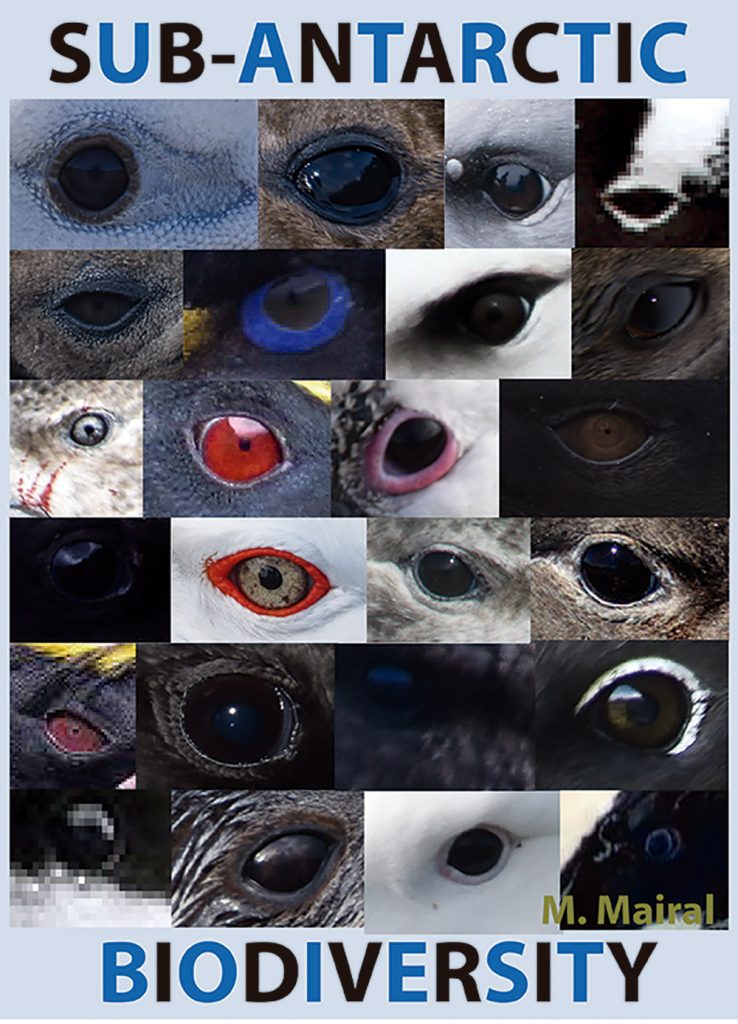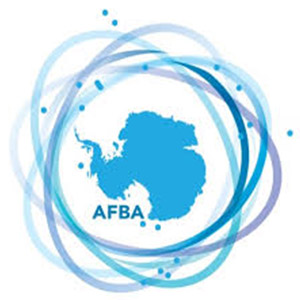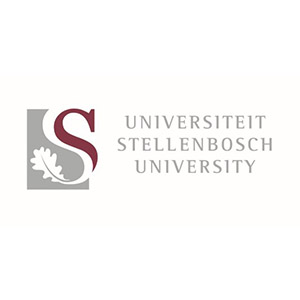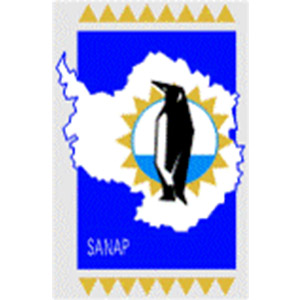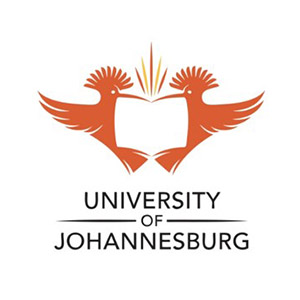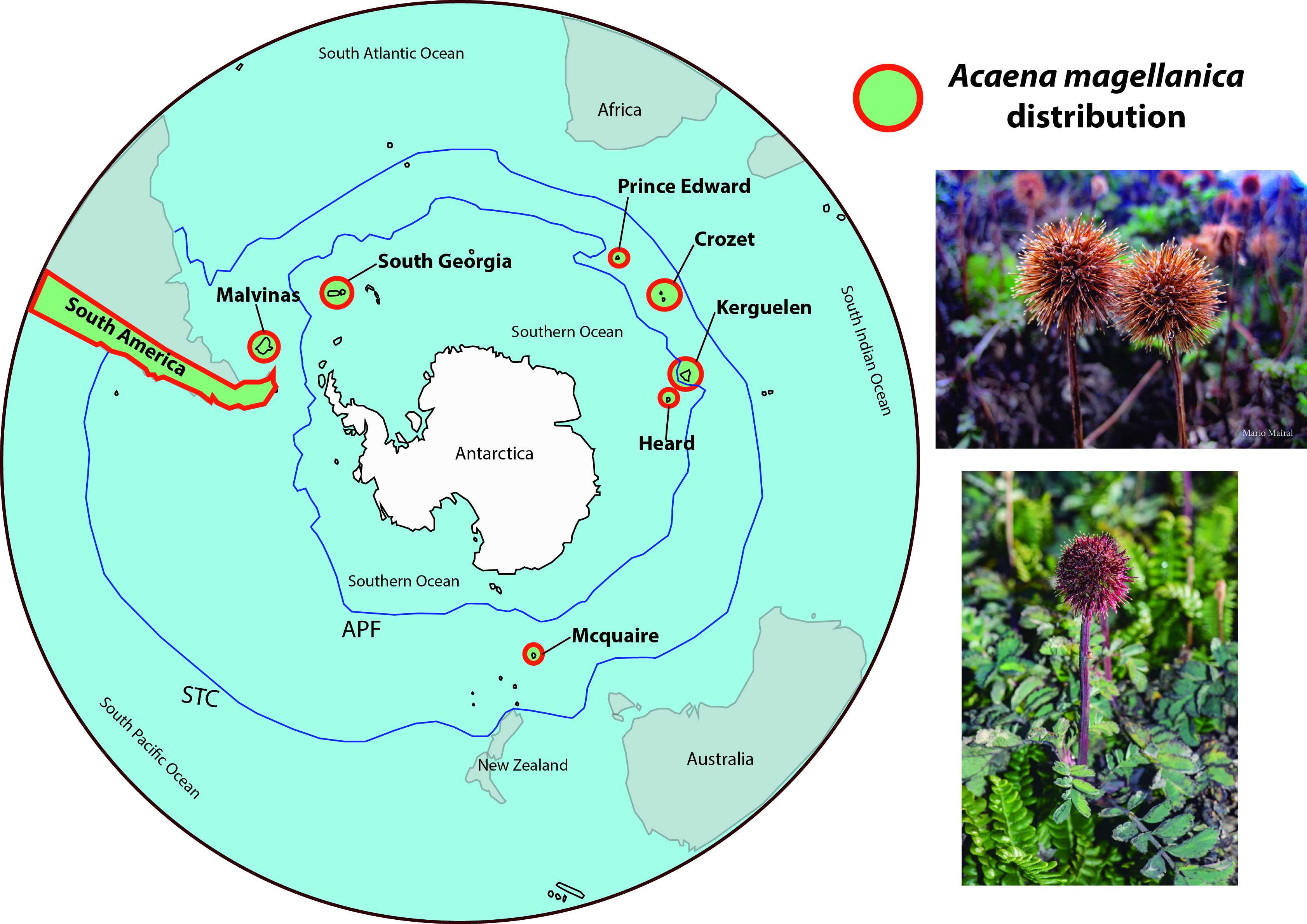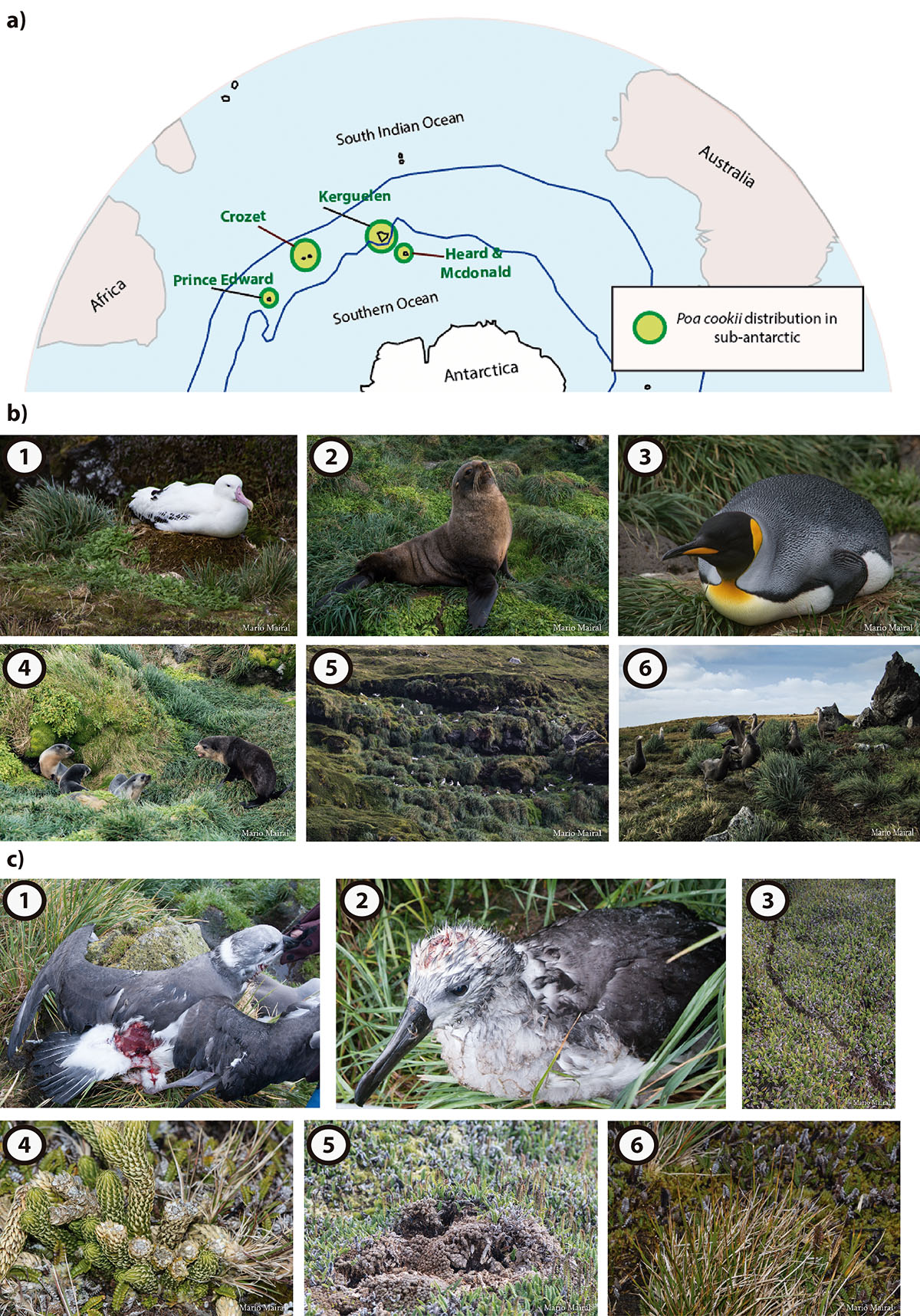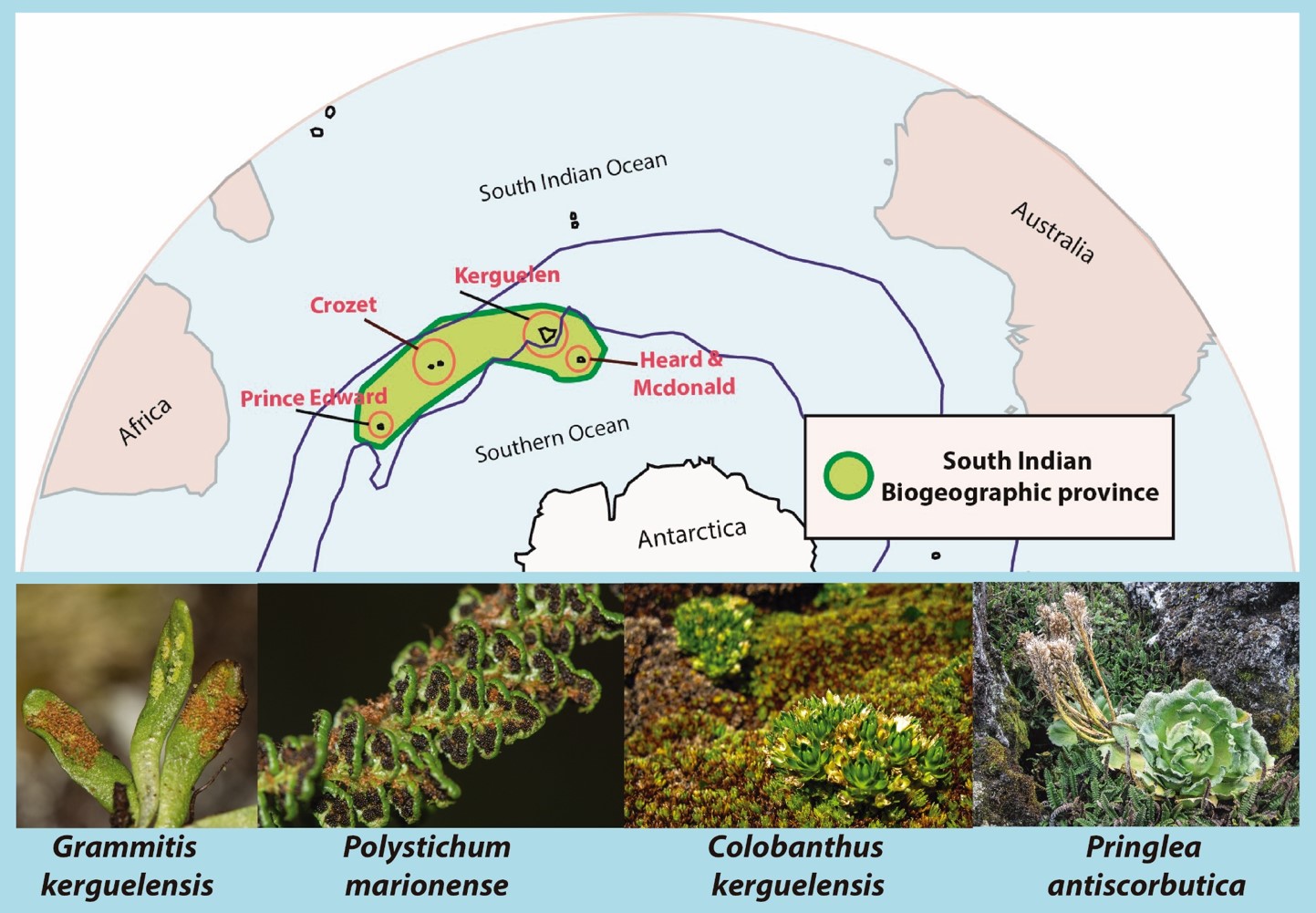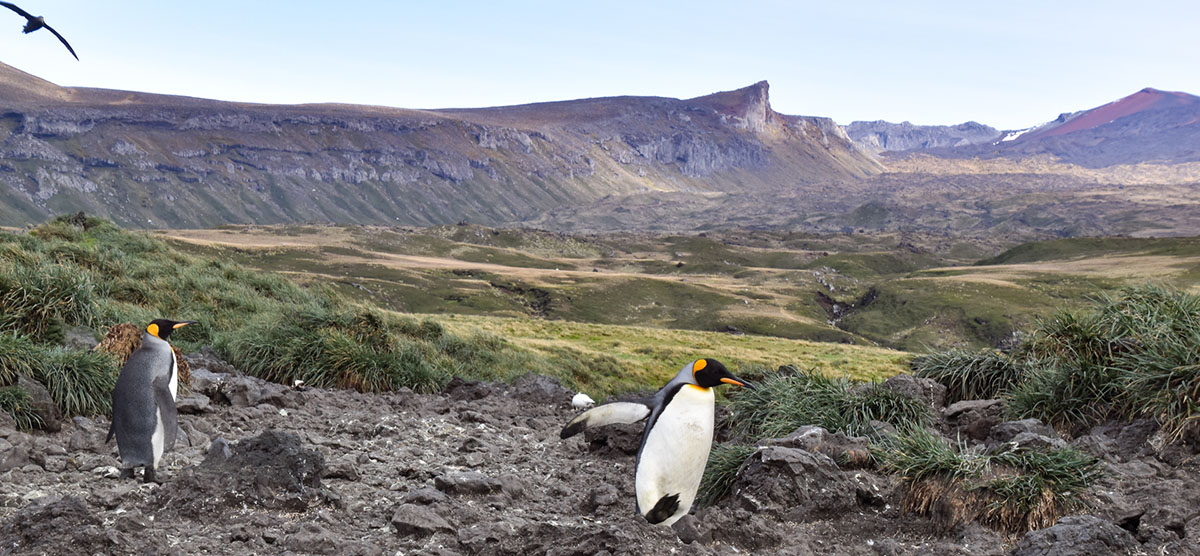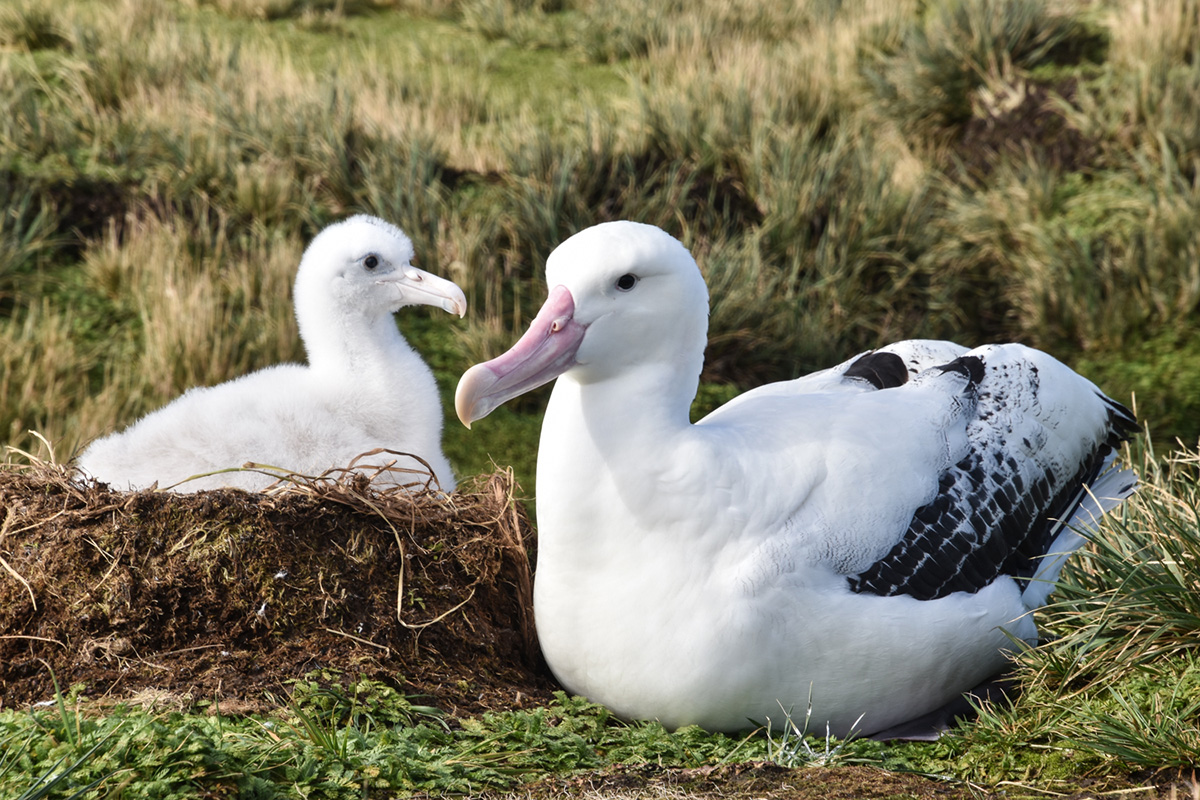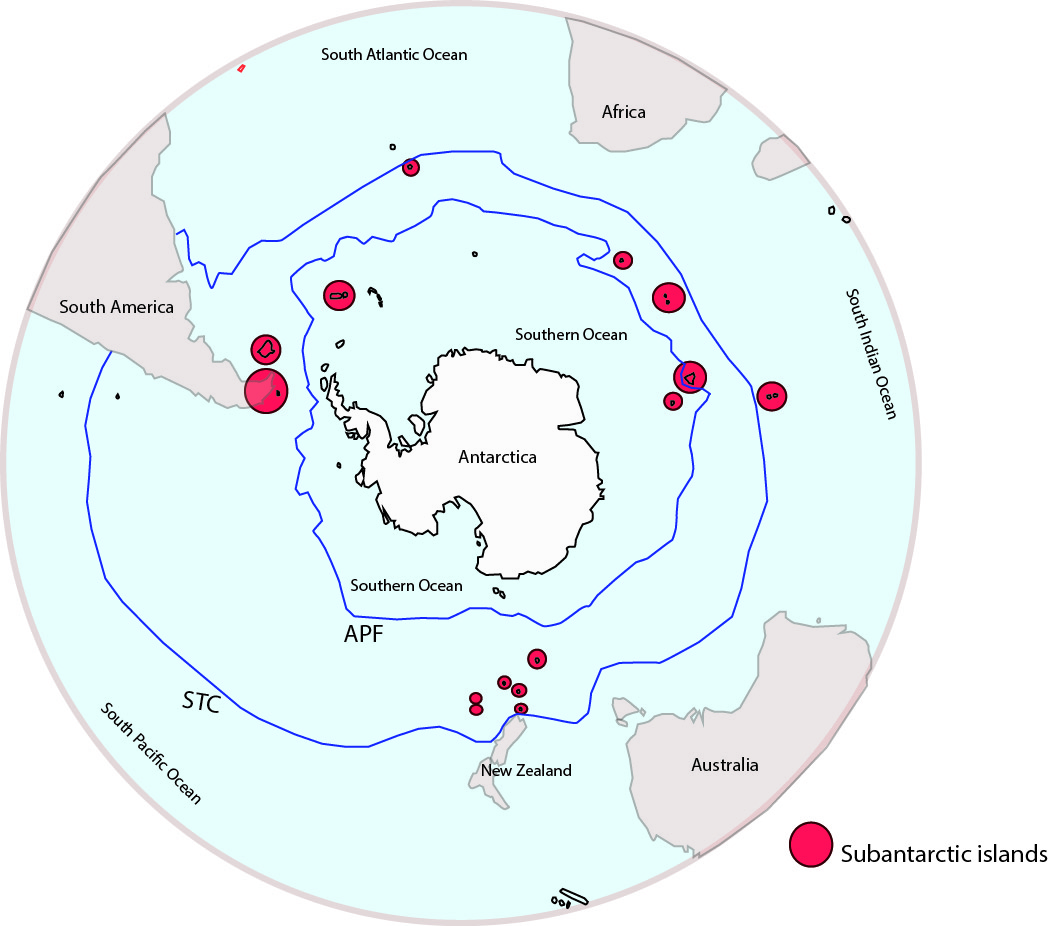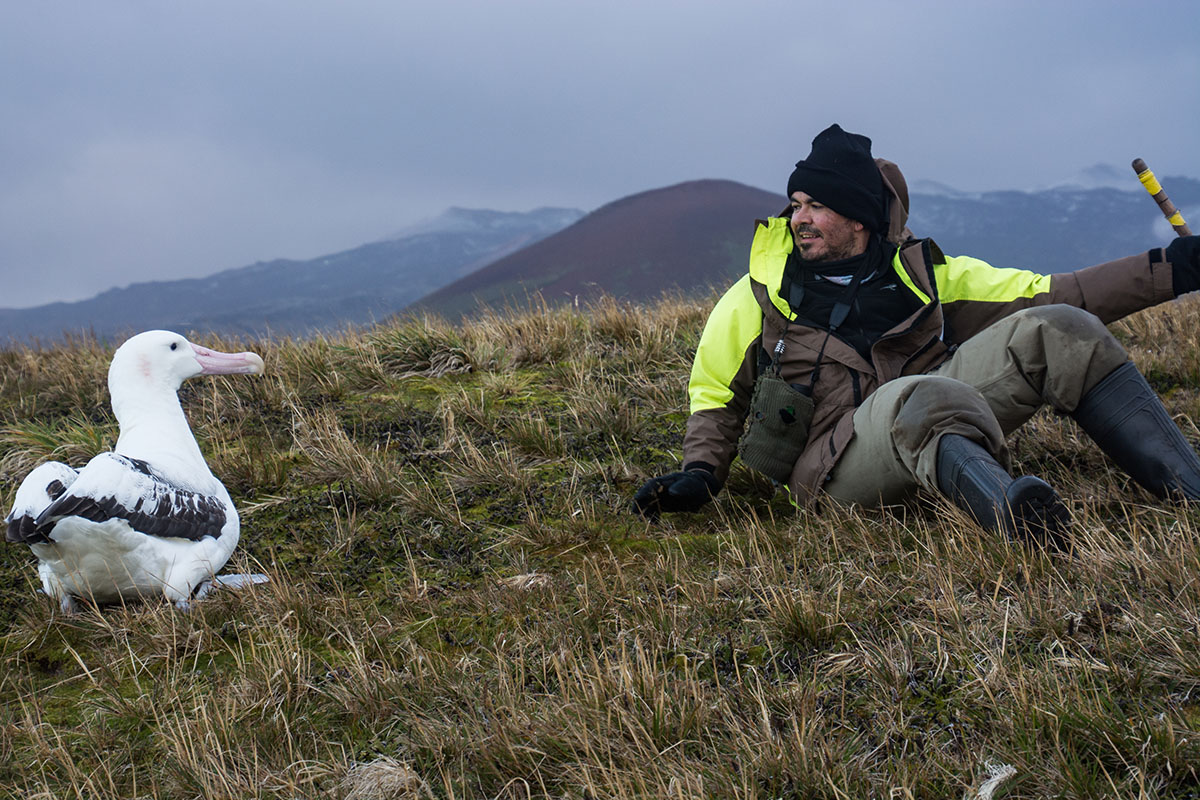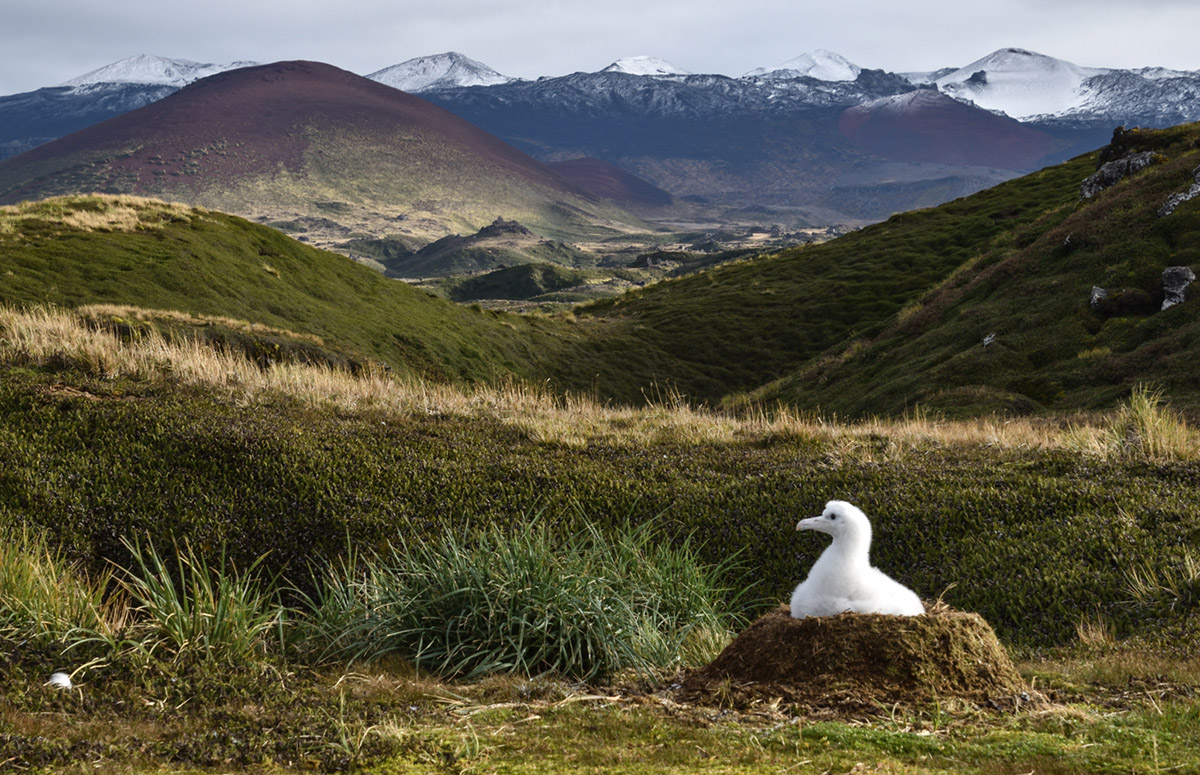Antarctic Biogeography
Nowadays I am working in the biogeography of Antarctica and its response to climate change, working collaboratively with Stellenbosch University (South Africa, Prof. Cang Hui), Johannesburg University (Prof. Bettine Jansen van Vuuren), Macquarie University (Australia, Prof. Jaco Le roux), and Monash University (Australia, Prof. Steven Chown).
I am enrolled in the international AFBA project (A Functional Biogeography of Antarctic), — a world collaborative project that will provide a comprehensive biodiversity assessment of the region’s terrestrial and intertidal plants and animals — and in the SANAP programme (South African National Antarctic Programme), focused on conserving and understanding the Antarctic and sub-Antarctic regions.
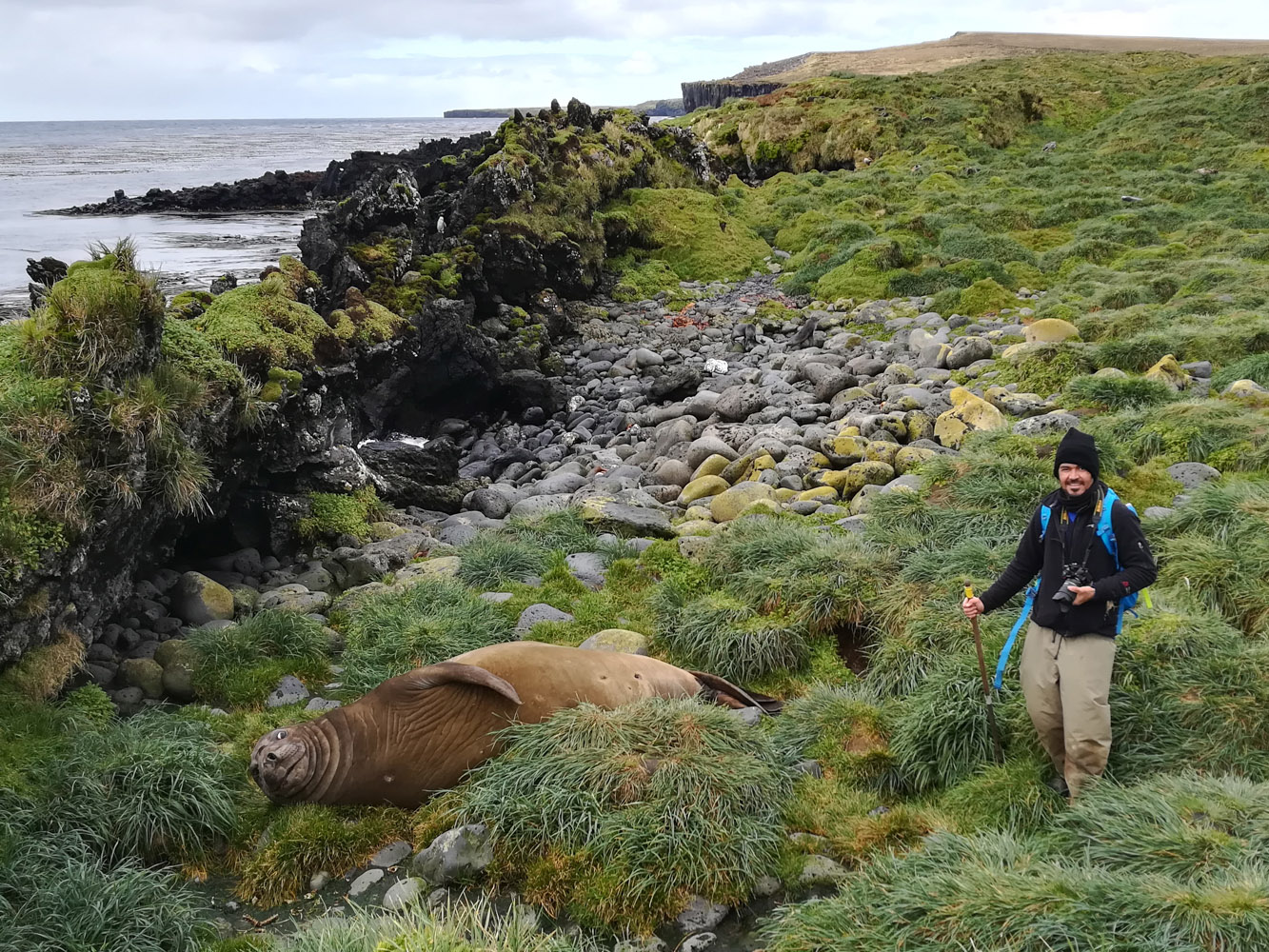
Antarctica and its surrounding sub-Antarctic islands are among the world’s most spectacular and least disturbed environments. The remoteness of these areas, has allowed them to remain as one of the most pristine areas of the planet, only disturbed by first explorers and scientific expeditions. We will show where different groups have their origins, how different species across the islands are related and connected, and how the life on these islands is related to that of the other southern continents. Importantly, we will seek to understand how frequently different groups have moved between Antarctica and the sub-Antarctic Islands, when this has happened, and the extent to which it continues. Our genetic work will give us insights into the adaptations which enabled life to flourish in these regions.
We are especially interested in studying phylogeographic patterns in the Southern Ocean since it presents one of the most interesting arenas in which to study phylogeographic patterns linked to dispersal and the drivers of propagules. This area stands in stark contrast to the Arctic circle in the northern hemisphere, given the very different land to water ratios present in these two polar regions, highlighting the huge distances and small areas between the subantartic islands. Additionally, the increasing climate change together with human visits has increased the probability of biological invasions, making the region an ideal scenario to study their recent impact. Unraveling phylogeographic structure and spatial dynamics of invasive species will give us new insights about the patterns of connectivity-isolation between islands, as well as introduction routes, the sources of new invasions, and how to reduce the risk of human introductions.

